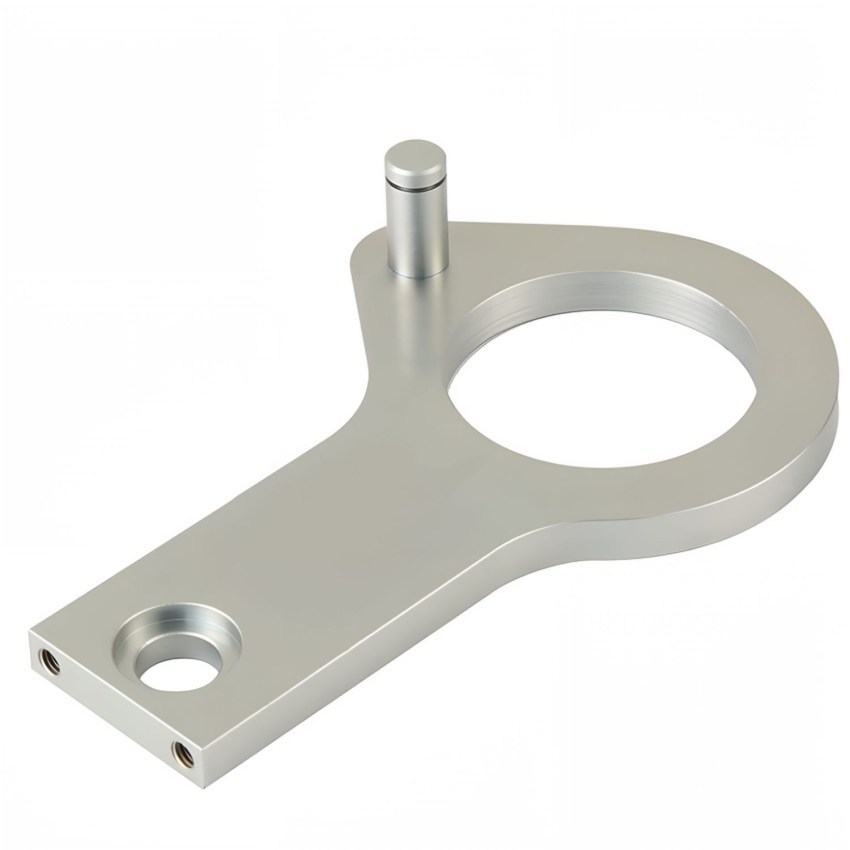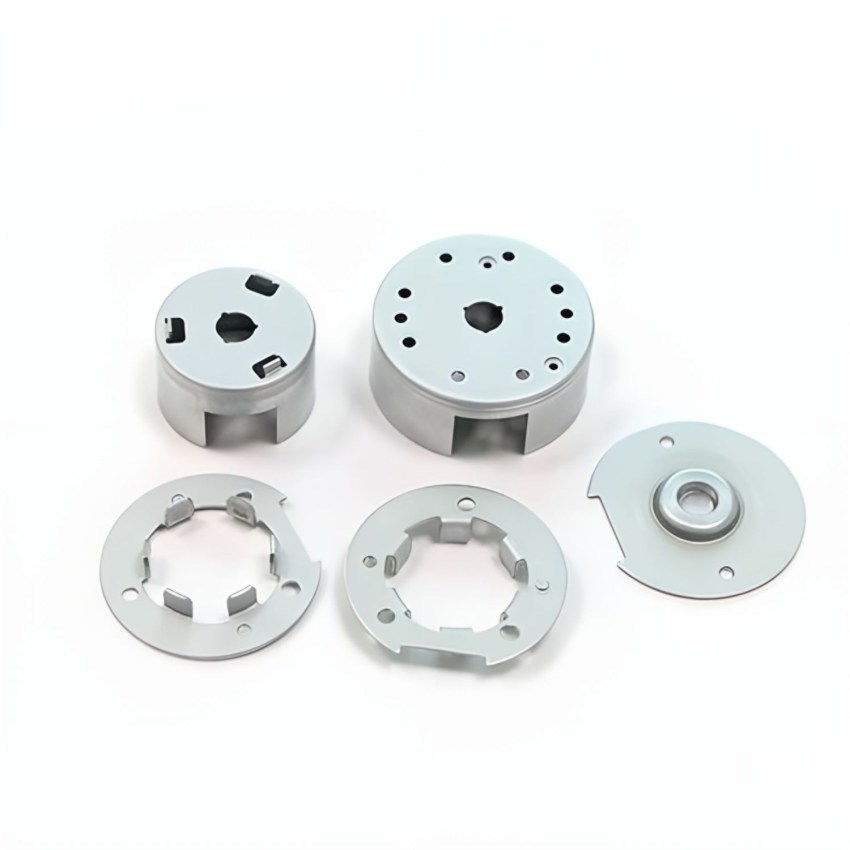Mastering the Art of Sheet Metal Bending: A Comprehensive Guide
Release time:
2025-01-12
Mastering the Art of Sheet Metal Bending: A Comprehensive Guide Table of Contents 1. Introduction to Sheet Metal Bending 2. Understanding Bending Techniques 3. Types of Bending Machines 4. Choosing the Right Materials for Bending 5. Design Considerations for Effective Bending 6. Essential Bending Calculations 7. Troubleshooting Common Bending Issues 8. Advanced Ben

Mastering the Art of Sheet Metal Bending: A Comprehensive Guide
Table of Contents
- 1. Introduction to Sheet Metal Bending
- 2. Understanding Bending Techniques
- 3. Types of Bending Machines
- 4. Choosing the Right Materials for Bending
- 5. Design Considerations for Effective Bending
- 6. Essential Bending Calculations
- 7. Troubleshooting Common Bending Issues
- 8. Advanced Bending Techniques for Professionals
- 9. Conclusion
- 10. Frequently Asked Questions
1. Introduction to Sheet Metal Bending
Sheet metal bending is a fundamental process in the manufacturing and metalworking sectors, allowing fabricators to shape and form metal sheets into desired configurations. This technique is crucial in creating components for various industries, including automotive, aerospace, and construction. **Understanding the intricacies of bending can significantly enhance efficiency and precision in production**.
Bending involves deforming a sheet of metal along a straight line, creating a permanent change in shape. This process can be accomplished using various methods and machines, depending on the material type, thickness, and desired geometry. For those looking to master sheet metal bending, a thorough understanding of techniques, tools, and variables is essential.
2. Understanding Bending Techniques
Bending techniques can vary significantly based on the desired outcome and the specific machine used. **The following are some of the most common bending methods**:
Air Bending
Air bending is one of the most widely used methods in sheet metal fabrication. It involves placing the sheet metal between a punch and a die. The punch creates a bend using minimal force, allowing for greater flexibility in creating different angles without the risk of over-bending. This technique is ideal for achieving various angles with a single setup.
Bottom Bending
Unlike air bending, bottom bending requires the sheet to make contact with the die, resulting in a more precise bend. This method is effective for achieving tight angles and is often used in applications where accuracy is paramount. However, it requires more force and may lead to material stress.
U-Bending
U-bending is a specific technique used to create U-shaped bends in metal sheets. This method is beneficial for forming complex structures and is often utilized in custom fabrications where unique shapes are required.
3. Types of Bending Machines
Choosing the right bending machine is crucial for achieving high-quality results in sheet metal fabrication. **The following are common types of bending machines**:
Press Brake
A press brake is one of the most popular machines for bending sheet metal. It utilizes a punch and die system to create precise bends. Press brakes can accommodate a wide range of sheet sizes and thicknesses, making them versatile for various applications.
Box and Pan Brake
Box and pan brakes are ideal for bending smaller pieces of metal or creating boxes and pans with multiple bends. This machine allows for individual fingers to be adjusted, enabling the creation of complex shapes with ease.
Roll Bender
Roll benders can create rounded shapes and curves in sheet metal. This machine is particularly useful for producing cylindrical components and is often employed in industries requiring curved surfaces.
4. Choosing the Right Materials for Bending
The choice of material plays a significant role in the success of sheet metal bending. **Common materials include**:
Aluminum
Aluminum is lightweight and malleable, making it an excellent choice for bending applications. It is resistant to corrosion and is widely used in the automotive and aerospace industries.
Steel
Steel is known for its strength and durability. It can be either mild or stainless steel, depending on the application. Mild steel is easier to bend, while stainless steel requires more force but offers superior corrosion resistance.
Copper
Copper is highly malleable and is often used in electrical applications. Its excellent conductivity makes it a preferred choice in the electronics industry, although it can be more challenging to bend compared to aluminum and steel.
5. Design Considerations for Effective Bending
When designing parts for sheet metal bending, several factors must be considered to ensure optimal results. **These design considerations include**:
Bend Radius
The bend radius is critical in determining the quality of the bend. A smaller radius often requires more force and can lead to material cracking. As a general rule, the bend radius should be no less than the material thickness.
Material Thickness
The thickness of the sheet metal directly impacts the bending process. Thicker materials require more force and are less forgiving during bending.
Bend Allowance
Bend allowance refers to the amount of material that is consumed during the bending process. Accurate calculations of bend allowance are essential to avoid errors in part dimensions.
6. Essential Bending Calculations
To achieve precision in sheet metal bending, certain calculations must be performed. **Key calculations include**:
Bend Deduction
Bend deduction is crucial for determining the flat length of the part before bending. It takes into account the bend radius and the thickness of the material.
Bend Angle Calculation
Accurate bend angle calculations ensure that the final part meets design specifications. This involves understanding the relationship between the material thickness, bend radius, and the desired bend angle.
7. Troubleshooting Common Bending Issues
Even experienced fabricators encounter issues during the bending process. **Common problems include**:
Cracking
Cracking can occur if the bend radius is too small or if the material is too thick. To avoid cracking, ensure the bend radius is appropriate for the material type.
Inconsistent Angles
Inconsistent angles can result from improper machine setup or incorrect calculations. Regular maintenance of bending machines and precise measurements can help mitigate this issue.
Springback
Springback refers to the tendency of the material to return to its original shape after bending. This can be addressed by adjusting the bend angle to account for springback.
8. Advanced Bending Techniques for Professionals
For those looking to elevate their bending skills, several advanced techniques can be employed:
Multi-Axis Bending
Multi-axis bending allows for complex shapes to be fabricated in a single operation. This technique requires specialized equipment and programming but can significantly enhance production efficiency.
Incremental Bending
Incremental bending is a technique where the material is bent progressively, allowing for greater control and accuracy. This method is particularly useful for complex geometries that cannot be achieved with traditional bending methods.
Hybrid Bending
Hybrid bending combines different bending techniques to achieve unique shapes and forms. This approach leverages the strengths of various methods to produce high-quality components.
9. Conclusion
Mastering the art of sheet metal bending is an invaluable skill for anyone involved in manufacturing and metalworking. By understanding the fundamental techniques, selecting the appropriate materials, and employing advanced bending methods, you can enhance your efficiency and accuracy. Whether you are a novice or a seasoned professional, the insights provided in this comprehensive guide serve as a roadmap for achieving excellence in sheet metal fabrication.
10. Frequently Asked Questions
What is the best material for sheet metal bending?
Aluminum and mild steel are often the best choices for sheet metal bending due to their malleability and ease of manipulation.
What are the common machines used for bending sheet metal?
Common machines include press brakes, box and pan brakes, and roll benders, each serving different bending needs.
How can I avoid cracking during the bending process?
To avoid cracking, ensure that the bend radius is appropriate for the material thickness and type.
What factors affect the bending angle?
Material thickness, bend radius, and machine settings all influence the final bending angle.
Is it possible to achieve complex shapes with bending?
Yes, advanced techniques such as multi-axis and incremental bending allow for the creation of complex shapes and designs.
Key words:




